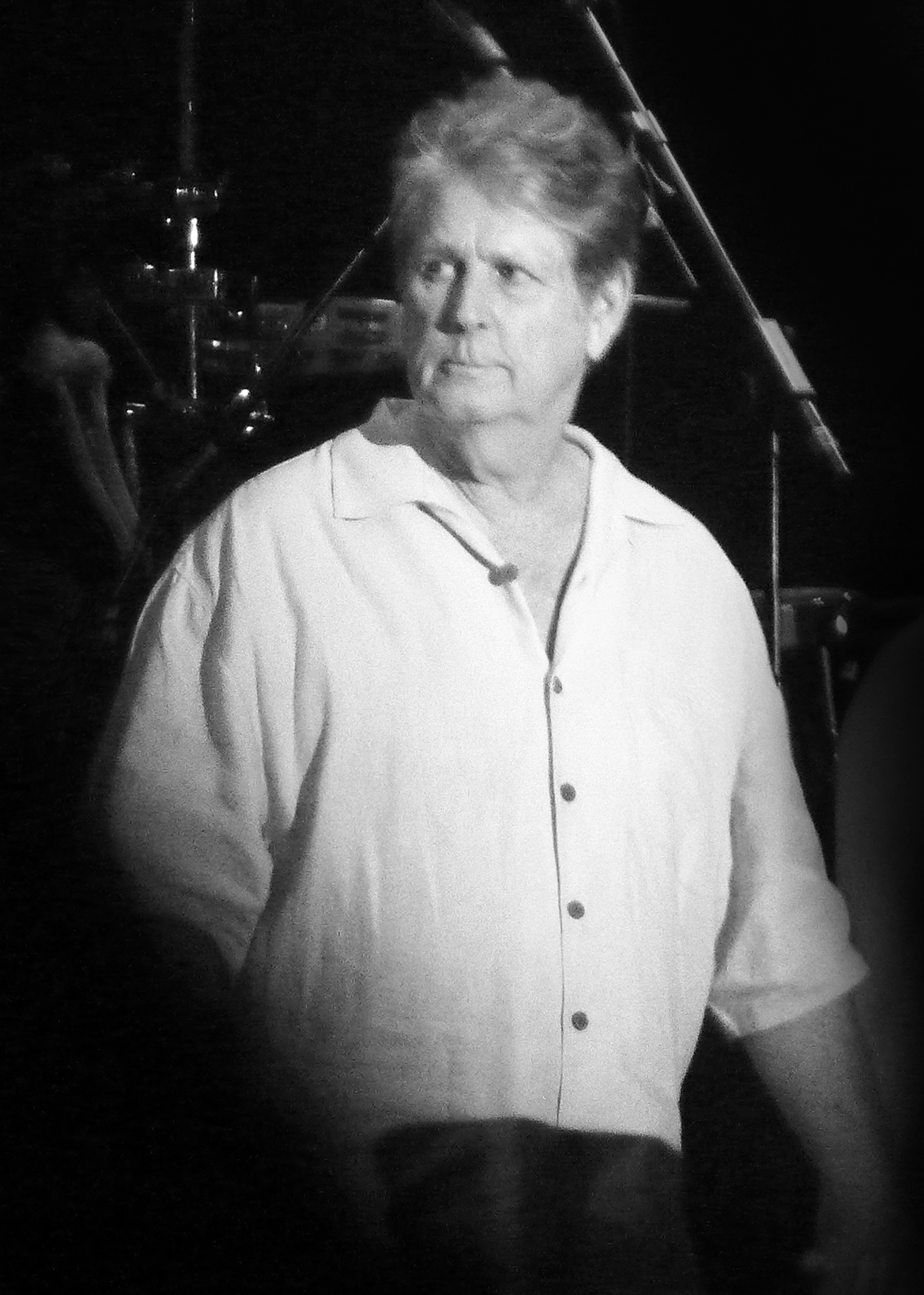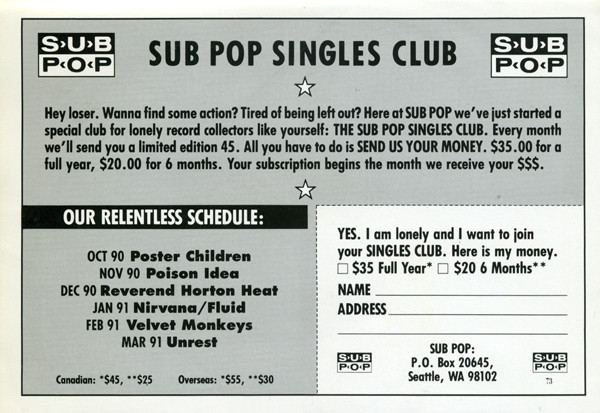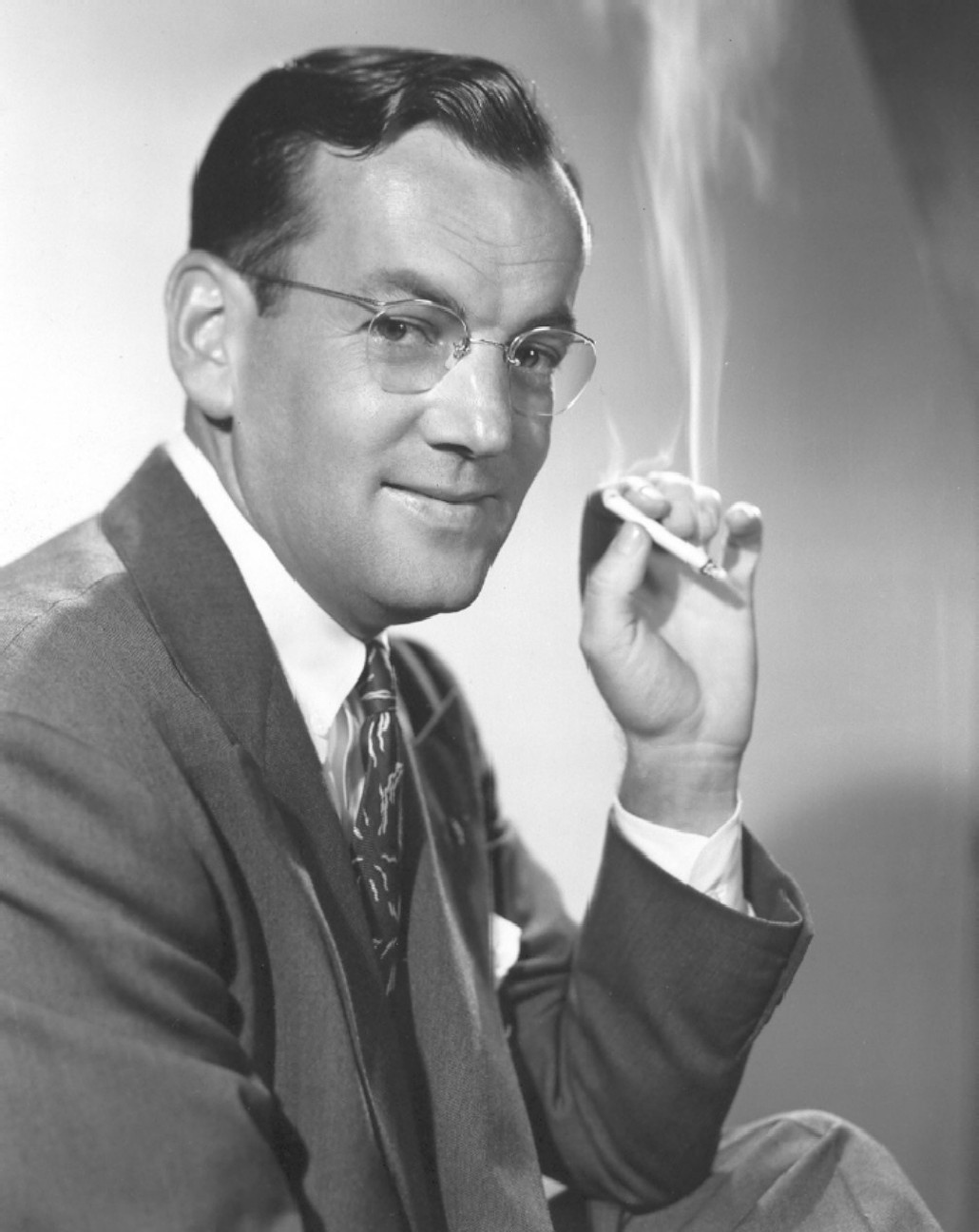|
I Just Wasn't Made For These Times
"I Just Wasn't Made for These Times" is a song by the American rock band the Beach Boys from their 1966 album ''Pet Sounds''. Written by Brian Wilson and Tony Asher, the lyrics describe the disillusionment of someone who struggles to fit into society. Musically, it is distinguished for its melodic bass guitar, layered vocals, and Electro-Theremin solo, marking the first time the instrument was used in popular music and the first time theremin-like sounds were used on a rock record. One of the last tracks completed for ''Pet Sounds'', Wilson produced the recording with the aid of 14 studio musicians—including Electro-Theremin inventor Paul Tanner—who variously played percussion, basses, guitars, clarinets, piccolo, harpsichord, tack piano, and bass harmonica. All six Beach Boys sang on the track. In addition to multiple vocal counterpoints, the chorus features Spanish-sung backing vocals: "''Oh, ¿cuándo seré? Un día seré''" ("When will I be? One day I will be"). "I Jus ... [...More Info...] [...Related Items...] OR: [Wikipedia] [Google] [Baidu] |
Sub Pop
Sub Pop is an independent record label founded in 1986 by Bruce Pavitt and Jonathan Poneman. Sub Pop achieved fame in the early 1990s for signing Seattle bands such as Nirvana (band), Nirvana, Soundgarden, and Mudhoney, central players in the grunge movement. They are often credited with helping popularize grunge music. The label's roster includes Fleet Foxes, Tad (band), Tad, Beach House, The Postal Service, Sleater-Kinney, Flight of the Conchords, Foals (band), Foals, Blitzen Trapper, Father John Misty, Clipping (band), clipping., Shabazz Palaces, Weyes Blood, Guerilla Toss, Bully (band), Bully, La Luz (band), La Luz, Low (band), Low, Metz (band), METZ, Rolling Blackouts Coastal Fever, Kiwi Jr., TV Priest and The Shins. In 1995, the owners of Sub Pop sold a 49% stake of the label to the Warner Music Group. History Formation The origins of Sub Pop trace back to the early 1980s, when Bruce Pavitt started a fanzine called ''Subterranean Pop'' that focused exclusively on American i ... [...More Info...] [...Related Items...] OR: [Wikipedia] [Google] [Baidu] |
The Pet Sounds Sessions
''The Pet Sounds Sessions'' is a 4- CD box set by the American rock band the Beach Boys. Released on November 4, 1997, by Capitol Records, it compiles tracks from the group's 11th studio album ''Pet Sounds'' (1966) and its 1965–66 recording sessions. The entire album is included in its original mono mix, as well as a specially-created digital stereo mix. The set also contains instrumental tracks, vocals-only tracks, alternate mixes, and edited highlights from the recording sessions for many of the album's songs, along with several tracks not included on the album. The box set was nominated for Best Historical Album at the Grammy Awards of 1999. In 2011, it was followed by '' The Smile Sessions'', a similar compilation devoted to the recording of the Beach Boys' unfinished ''Smile'' project. Background Original producer Brian Wilson writes in the liner notes to ''The Pet Sounds Sessions'': Compiler David Leaf explains the purpose of the new compilation: "The first three ... [...More Info...] [...Related Items...] OR: [Wikipedia] [Google] [Baidu] |
Honky-tonk
A honky-tonk (also called honkatonk, honkey-tonk, honky tonk, or tonk) is either a bar that provides country music for the entertainment of its patrons or the style of music played in such establishments. It can also refer to the type of piano ( tack piano) used to play such music. Bars of this kind are common in the South and Southwest United States. Many prominent country music artists such as Jimmie Rodgers, Ernest Tubb, Lefty Frizzell, Hank Williams, Patsy Cline, Johnny Horton and Merle Haggard began their careers as amateur musicians in honky-tonks. The origin of the term "honky-tonk" is disputed, originally referring to bawdy variety shows in areas of the old West (Oklahoma, the Indian Territories and mostly Texas) and to the actual theaters showing them. The first music genre to be commonly known as honky-tonk was a style of piano playing related to ragtime but emphasizing rhythm more than melody or harmony; the style evolved in response to an environment in which pian ... [...More Info...] [...Related Items...] OR: [Wikipedia] [Google] [Baidu] |
The Beach Boys
The Beach Boys are an American Rock music, rock band formed in Hawthorne, California, in 1961. The group's original lineup consisted of brothers Brian Wilson, Brian, Dennis Wilson, Dennis, and Carl Wilson, their cousin Mike Love, and their friend Al Jardine. Distinguished by their vocal harmonies, adolescent-oriented lyrics, and musical ingenuity, they are one of the most influential acts of the rock era. The group drew on the music of Traditional pop, older pop vocal groups, 1950s rock and roll, and black R&B to create their unique sound. Under Brian's direction, they often incorporated classical music, classical or jazz elements and Recording studio as an instrument, unconventional recording techniques in innovative ways. The Beach Boys formed as a garage band centered on Brian's songwriting and managed by the Wilsons' father, Murry Wilson, Murry. Jardine was briefly replaced by David Marks during 1962–1963. In 1963, they enjoyed their first national hit with "Surfin' U.S ... [...More Info...] [...Related Items...] OR: [Wikipedia] [Google] [Baidu] |
Carol Kaye
Carol Kaye (née Smith; born March 24, 1935) is an American musician. She is one of the most prolific recorded bass guitarists in rock and pop music, playing on an estimated 10,000 recordings in a career spanning over 65 years. Kaye began playing guitar in her early teens; after some time as a guitar teacher, she began to perform regularly on the Los Angeles jazz and big band circuit. She started session work in 1957, and through a connection at Gold Star Studios began working for producers Phil Spector and Brian Wilson. After a bassist failed to turn up to a session in 1963, she switched to that instrument, quickly making a name for herself as one of the most in-demand session players of the 1960s, playing on numerous hits. She moved into playing on film soundtracks in the late 1960s, particularly for Quincy Jones and Lalo Schifrin, and began to release a series of tutoring books such as ''How To Play The Electric Bass''. Kaye became less active towards the end of the 1970s, b ... [...More Info...] [...Related Items...] OR: [Wikipedia] [Google] [Baidu] |
Eighth Note
180px, Figure 1. An eighth note with stem extending up, an eighth note with stem extending down, and an eighth rest. 180px, Figure 2. Four eighth notes beamed together. An eighth note ( American) or a quaver ( British) is a musical note played for one eighth the duration of a whole note (semibreve). Its length relative to other rhythmic values is as expected—e.g., half the duration of a quarter note (crotchet), one quarter the duration of a half note (minim), and twice the value of a sixteenth note. It is the equivalent of the ''fusa'' in mensural notation. Notation Eighth notes are notated with an oval, filled-in note head and a straight note stem with one note flag (see Figure 1). The stem is on the right of the notehead extending upwards or on the left extending downwards, depending primarily on where the notehead lies relative to the middle line of the staff. A related symbol is the eighth rest (or quaver rest), which denotes a silence for the same duration. E ... [...More Info...] [...Related Items...] OR: [Wikipedia] [Google] [Baidu] |
Philip Lambert
''Inside the Music of Brian Wilson'' (subtitled ''The Songs, Sounds, and Influences of the Beach Boys' Founding Genius'') is a 2007 book that analyzes the music of Brian Wilson of the Beach Boys, authored by American musicologist Philip Lambert. It is the first book dedicated primarily to Wilson's music, rather than his personal life. Background Philip Lambert (1960–2022) was a professor of music at the CUNY Graduate Center in New York. He was initially known for specializing in the music of composer Charles Ives, and authored a book on the subject, ''The Music of Charles Ives'' (1997). After the mid-2000s, he specialized in popular music and musical theatre. His textbooks ''Basic Post-Tonal Theory'' (2018) and ''Analysis and Principles of Music'' (2017) are also widely used. Reception In his review for ''PopMatters'', Adam Bunch rued that the book has limited appeal to casual fans of the Beach Boys, as it requires the reader to have a rudimentary understanding of music theor ... [...More Info...] [...Related Items...] OR: [Wikipedia] [Google] [Baidu] |
B-flat Major
B-flat major is a major scale based on B, with pitches B, C, D, E, F, G, and A. Its key signature has two flats. Its relative minor is G minor and its parallel minor is B-flat minor. The B-flat major scale is: Changes needed for the melodic and harmonic versions of the scale are written in with accidentals as necessary. The B-flat harmonic major and melodic major scales are: Many transposing instruments are pitched in B-flat major, including the clarinet, trumpet, tenor saxophone, and soprano saxophone. As a result, B-flat major is one of the most popular keys for concert band compositions. Scale degree chords The scale degree chords of B-flat major are: * Tonic – B-flat major * Supertonic – C minor * Mediant – D minor * Subdominant – E-flat major * Dominant – F major * Submediant – G minor * Leading-tone – A diminished History Joseph Haydn's Symphony No. 98 is often credited as the first symphony written in that key, includ ... [...More Info...] [...Related Items...] OR: [Wikipedia] [Google] [Baidu] |
Key (music)
In music theory, the key of a piece is the group of pitches, or scale, that forms the basis of a musical composition in Western classical music, jazz music, art music, and pop music. A particular key features a '' tonic (main) note'' and its corresponding '' chords'', also called a ''tonic'' or ''tonic chord'', which provides a subjective sense of arrival and rest. The tonic also has a unique relationship to the other pitches of the same key, their corresponding chords, and pitches and chords outside the key. Notes and chords other than the tonic in a piece create varying degrees of tension, resolved when the tonic note or chord returns. The key may be in the major mode, minor mode, or one of several other modes. Musicians assume major when this is not specified; for example, "this piece is in C" implies that the key of the piece is C major. Popular songs and classical music from the common practice period are usually in a single key; longer pieces in the classical repe ... [...More Info...] [...Related Items...] OR: [Wikipedia] [Google] [Baidu] |
Oui (magazine)
''Oui'' was a men's adult pornographic magazine published in the United States and featuring explicit nude photographs of models, with full page pin-ups, centerfolds, interviews and other articles, and cartoons. ''Oui'' ceased publication in 2007. ("" is French for "yes".) ''Playboy'' years ''Oui'' was originally published in France under the name '' Lui'' by Daniel Filipacchi (first French issue November 1963), as a French equivalent of '' Playboy''.Aaron Latham, "Rabbit, Run", '' New York'', Nov 27, 1972, p.54 In 1972, Playboy Enterprises purchased the rights for a U.S. edition, changing the name to ''Oui'', and the first issue was published in October of that year. Jon Carroll, formerly assistant editor at ''Rolling Stone'' magazine and editor of ''Rags'' and later editor of ''The Village Voice'', was selected as the first editor. Arthur Kretchmer, the editor of ''Playboy'', however, had a role in ensuring that editorial choices would be in line with Hugh Hefner's visio ... [...More Info...] [...Related Items...] OR: [Wikipedia] [Google] [Baidu] |
AllMusic
AllMusic (previously known as All-Music Guide and AMG) is an American online database, online music database. It catalogs more than three million album entries and 30 million tracks, as well as information on Musical artist, musicians and Musical ensemble, bands. Initiated in 1991, the database was first made available on the Internet in 1994. AllMusic is owned by RhythmOne. History AllMusic was launched as ''All-Music Guide'' by Michael Erlewine, a "compulsive archivist, noted astrologer, Buddhist scholar, and musician". He became interested in using computers for his astrological work in the mid-1970s and founded a software company, Matrix, in 1977. In the early 1990s, as compact discs (CDs) replaced LP record, LPs and cassette (format), cassettes as the dominant format for recorded music, Erlewine purchased what he thought was a CD of early recordings by Little Richard. After buying it, he discovered it was a "flaccid latter-day rehash". Frustrated with the labeling, he res ... [...More Info...] [...Related Items...] OR: [Wikipedia] [Google] [Baidu] |
Caroline, No
"Caroline, No" is a song by the American musician Brian Wilson that was released as his first solo record on March 7, 1966 and, two months later, reissued as the closing track on the Beach Boys' album ''Pet Sounds''. Written with Tony Asher, the lyrics describe a disillusioned man who reflects on his former love interest and the pain of someone changing. Musically, it is distinguished for its jazz chords and unusual combination of instruments, including bass flutes, 12-string electric guitar, and muted harpsichord. The words were inspired by a past girlfriend of Asher's named Carol Amen. He initially conceived the title phrase as "Carol, I Know", misheard by Wilson as "Caroline, No". Other reports, which Wilson disputed, variously suggest that the song was written about himself, his former schoolmate Carol Mountain, or his then-wife Marilyn. Asher credited the impetus for the song partly to Wilson's disenchantment with his music career and with "sweet little girls" who grow up in ... [...More Info...] [...Related Items...] OR: [Wikipedia] [Google] [Baidu] |





